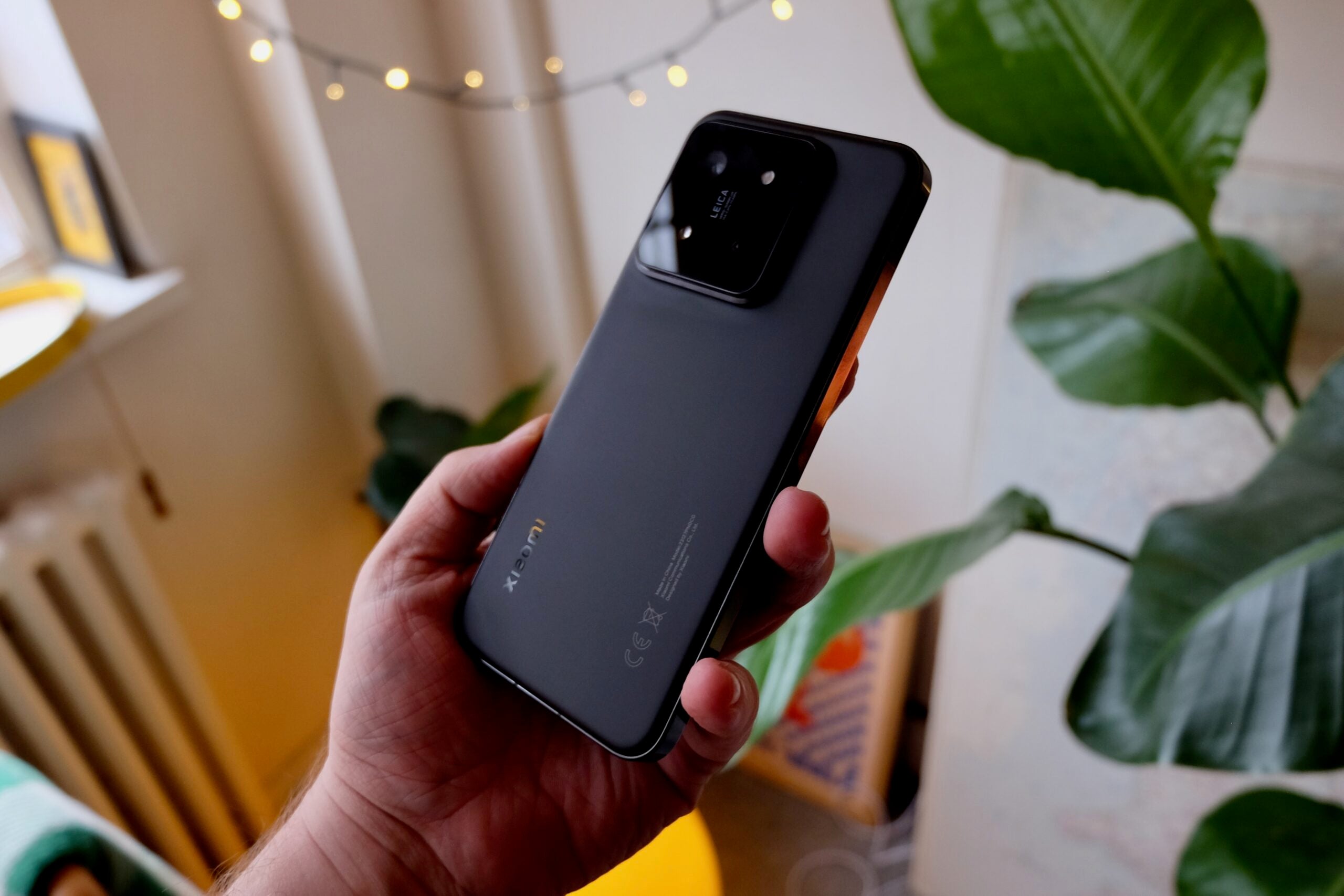Xiaomi 14 vs Xiaomi 14 Ultra: What’s the difference?

Announced at MWC 2024, Xiaomi’s new flagship smartphone lineup, the Xiaomi 14 Series, promises better performance and camera quality than ever before.
Read on to find out more about the Xiaomi 14 and Xiaomi 14 Ultra based on their initial specs and our early verdict, and see how they compare.
The Xiaomi 14 is cheaper
As the higher-end handset of the Xiaomi 14 series, the Xiaomi 14 Ultra is considerably more expensive than the mid-range Xiaomi 14, retailing at £1299/€1499.90 compared to the 14’s £849/€1099.90.
Both run on Snapdragon 8 Gen 3
Both Xiaomi 14 smartphones run on the powerful Snapdragon 8 Gen 3 chipset, Qualcomm’s high-end processor for 2024. This means users for both smartphones can reasonably expect fast performance, better battery life and more AI capabilities.
We’ve seen recently launched Android smartphones have a huge focus on AI features, including the Samsung Galaxy S24 Ultra, and the Xiaomi 14 series is no different. With HyperOS, an operating system for Xiaomi devices, large AI models are integrated into various applications, including AI live subtitles and album searching.
Similarly with the S24 Ultra, you’ll find photography AI assistance on both the 14 and 14 Ultra. This includes AI Portraits which creates custom portraits from pre-existing images and AI Expansion, which generates realistic extensions of existing image content.


Xiaomi 14 Ultra has a four-camera setup
Xiaomi has teamed up with German camera brand Leica for the new 14 series, so both smartphones are more than capable at taking decent images. However, there are some differences between the two camera setups.
The Xiaomi 14 Ultra impressively houses four rear cameras, which includes a 50MP main lens, 75mm floating telephoto lens, 120mm periscope lens and a 12mm ultra-wide lens. As the main camera has a stepless variable aperture that can move between f/1.6 and f/4.0, the experience is closer to a traditional camera to a smartphone camera.
In comparison, the Xiaomi 14 has three rear cameras, including a 50MP main, 75mm floating telephoto and ultra-wide lens, with a flash completing the interesting squared camera setup.
Although we are yet to conclusively review either smartphone, our first impressions for both are promising, albeit the Xiaomi 14 Ultra having the edge.
Xiaomi 14 Ultra has a different design to the Xiaomi 14
Xiaomi 14 Ultra’s rear has an unmissable circular camera housing, which may be a divisive setup as it takes up almost the entire top part of the smartphone. We found that, as this outer camera is glass, it tended to get smudged very quickly. Away from the camera, the rear has a faux leather finish in either black or white.
The Xiaomi 14 instead has a neatly squared-off camera setup at the rear, which is much less in your face as the 14 Ultra. Available in three colours, Black, White or Jade Green, the finish is matte so fingermarks aren’t as noticeable as they would be with a glossy finish.
Otherwise, the Xiaomi 14 features Corning’s Gorilla Glass Victus front, which promises up to 4x better than competitive aluminosilicate, whereas the Xiaomi 14 Ultra features the brand’s own Xiaomi Shield Glass Front.







